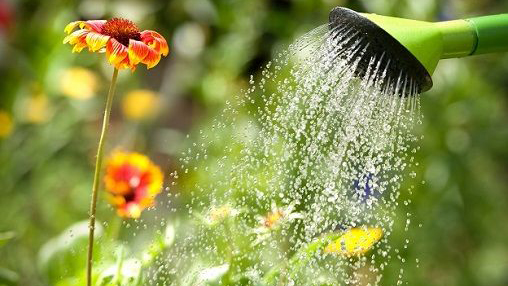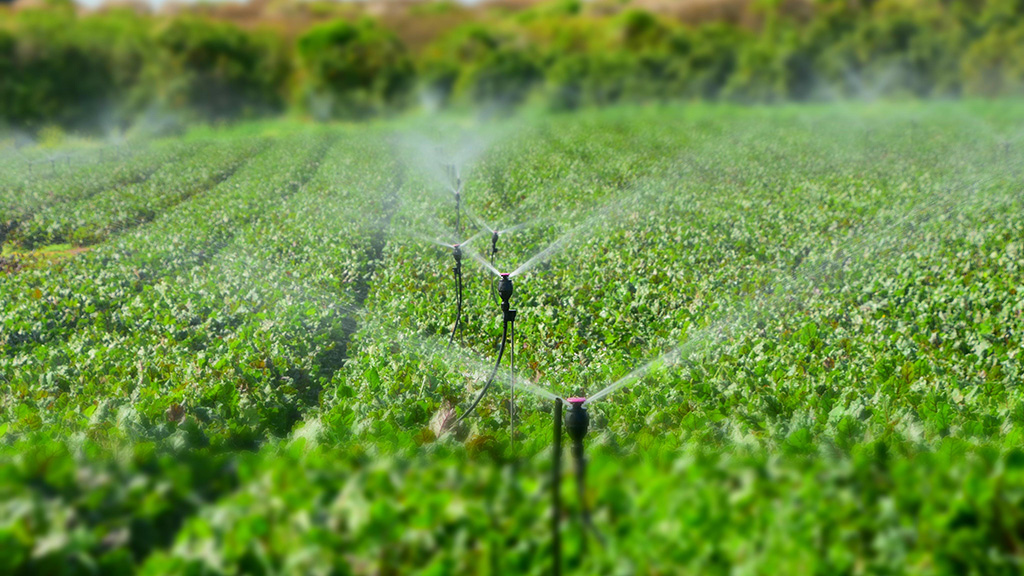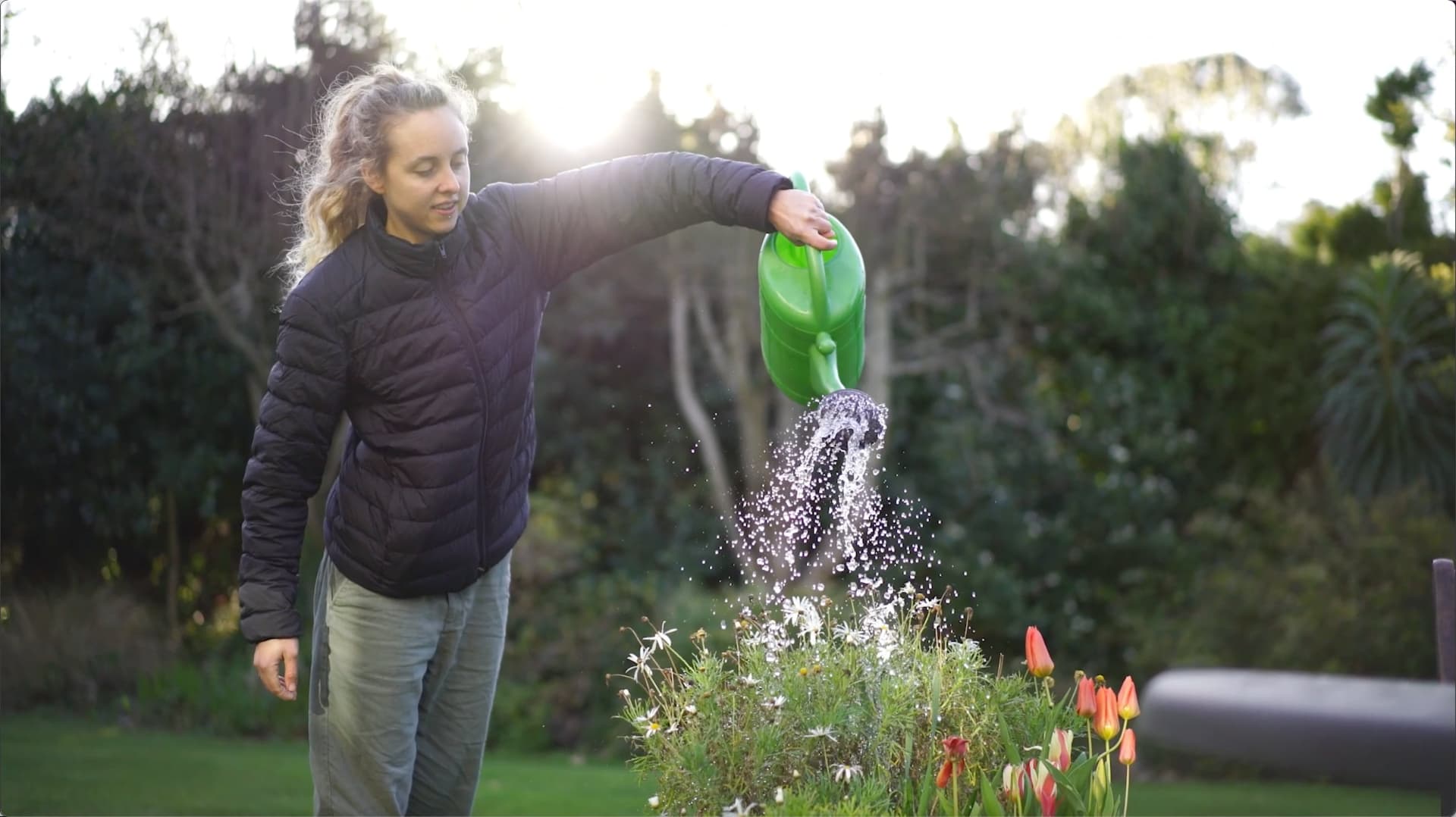Construction
The construction industry has an important role to play in championing efficient and sustainable water use. Working together, the industry can take actions to impact water conservation and pollution.
We have partnered with industry leaders in sustainability, Sisk and Cairn Homes as well as the Irish Green Building Council and Construction Industry Federation. Together, we produced these essential tips for water use and planning in construction.
Phase 1: Design
The most cost-effective approach to designing water-efficient homes is to incorporate water saving principles into the project from the beginning.
Planning
Prepare a water management plan for your project that includes:
- Actions during construction.
- Appliances and plumbing to be installed.
- Water reuse potential.
- Landscaping and rainwater utilisation.
- Include water conservation and water quality in all of your project tenders and contractual documents.
- Specify water efficient fittings and appliances. These should reduce drinking water use inside the home to under 80 litres per person per day. Use the Water Efficiency Calculator from European Unified Water label to calculate water use per person.
- Stay up to date with the latest design and appliances to help water conservation.
- Agree on a budget and procure funding. Check Enterprise Ireland programmes GreenPlus and Green Start for funding and grants.
- If you are designing a greenfield site, use natural draining swales instead of costly concrete pipes.
- Install drainage systems that allow the polluted 'first flush' to be diverted into trade waste. The clean water that follows it can flow into tanks, pond systems or drainage swales.
People
Make water conservation a key objective of the project. Make sure everyone involved is aware of their responsibilities.
- Provide induction training for new employees and contractors. This shouldmake them aware of the program benefits and their responsibilities.
- Keep the water management plan on site and accessible.
- Discuss water management at regular meetings.
- Keep track of ongoing achievements.
- Promote your achievements to local media and industry associations.
Phase 2: During construction
Construction companies can minimise water pollution and maximise sustainability. To do this they should follow environmental guidelines and adopt sustainable practices of their own.
On-site
- Meter your water usage on site
- Use the water consumption hierarchy - prevent, conserve, reuse or recycle, potable water
Potable (drinking) water
Only use potable water as a last resort. If you must use it, then conserve, reuse or recycle.
- Maintain and fix systems to prevent leaks and drips
- Don't leave taps running unnecessarily
- Reduce evaporation by retaining as much vegetation as possible
- Install water efficient irrigation systems
If water use is necessary:
- Use high pressure, water-efficient trigger hoses for cleaning.
- Use buckets of water to clean tools instead of running water.
- Monitor high water use areas on site directly, such as wheelwash and dust suppression.
- Use admixture in grey water for dust suppression.
Protect water quality
Avoid disturbing waterways, flood plains, vegetation and soil by planning ahead.
Draw up your drainage plan before works start. It's important that nothing from your site, such as soil, sand and cement slurry, enters gutters or drains. Doing this will help avoid polluting the stormwater system, local streams and rivers. Here are some tips to do this.
- Sustainable Urban Drainage systems (SUDS) should be specified in new developments. These minimise the volume and rate of water run-off from the site that could impact flooding elsewhere.
- Don't put cement works on roads or paths to avoid the need to wash slurry away with water.
- Fence the site with temporary hoarding and line it with hay bales. Geotextile silt fencing can also be used.
- Install and maintain erosion and sediment control devices. Bales, contours, baffles, mounds or vegetation can reduce water velocities by redirecting runoff at regular intervals.
- Cover or filter stormwater inlets and drains.
- Monitor discharges to controlled waters regularly.
- Regularly clean and maintain all stormwater protection devices.
- Avoid the use of building materials such as asbestos or PVC, which will pollute water.
- Stockpile and cover building materials away from drains or roads.
- Restrict all materials and spill-risk activities to the least sensitive part of the site. That means the greatest distance from surface waters and drainage.
Unused liquid paints should never be poured down on-site drainage systems. These must be either:
- returned to the manufacturer
- sent to a reuse scheme such as Community RePaint
- disposed of in line with the Waste Management Procedure
Phase 3: Post Construction
How will people conserve water when using your building and surrounding areas in the long term.
Water re-use
Rainwater storage
Collect rainwater for storage and re-use in tanks, ponds, dams, swimming pools or underground tanks. The level of rainwater storage should be in proportion to household use.



Greywater
Consider using greywater, which is water from sinks, baths, showers or clothes washers. You can recycle greywater to flush toilets or irrigate plants. You must maintain these systems to avoid poor quality water which is hazardous to health. If you can't use greywater now, design the plumbing to allow for adaptation.
Road and carpark design
- Use natural drainage swales instead of costly concrete drainage pipes on greenfield sites.
- Harvest rainwater from car parks by avoiding the use of kerbing. Allow direct runoff into recharge zones. Recharge zones may be grassed or planted swales, permanent ponding basins or graded rock terracing.
- Design ground surfaces and paved areas to slope away from buildings and structures. This will enable water to run onto surrounding garden areas and recharge zones.
“Sisk is Ireland's leading builder and contractor delivering projects in Ireland, the UK and Europe and we're determined to lead the way in water conservation. By 2025 we have a goal to reduce our water use intensity by 50% compared to 2019 levels and Uisce Éireann has been instrumental in helping us meet that target. We had identified areas where we could make water savings and actions were taken but then we were struggling to get to the next level of conservation. We discovered the Water Stewardship Programme and it has put us in the right direction to achieving our goals. Water mapping opened our eyes up to areas of high-water usage. Small changes like low flush toilets or waterless urinals, fixing leaks instead of walking by them, and having a trigger hose on site rather than a turn cap tap can make a big difference. Our demolition projects require water for dust suppression but there are ways to reduce mains water use. This includes implementing rainwater harvesting which is in place across a number of our projects. These are all easy wins and should be implemented on all sites across the country. It's not just a matter of saving water there are money savings too. John Sisk and Son (Holdings) Ltd has an environmental champion on every one of its sites and, with the help of Uisce Éireann's Water Stewardship Programme, we aim to put a stop to the wastage of clean drinking water.”
Alan Cawley: Senior Sustainability Manager with John Sisk and Son (Holdings) Ltd.

